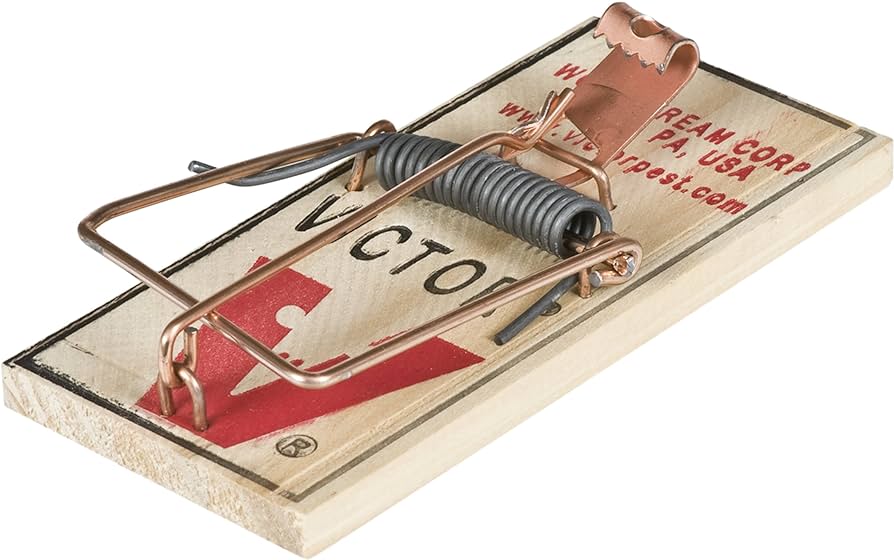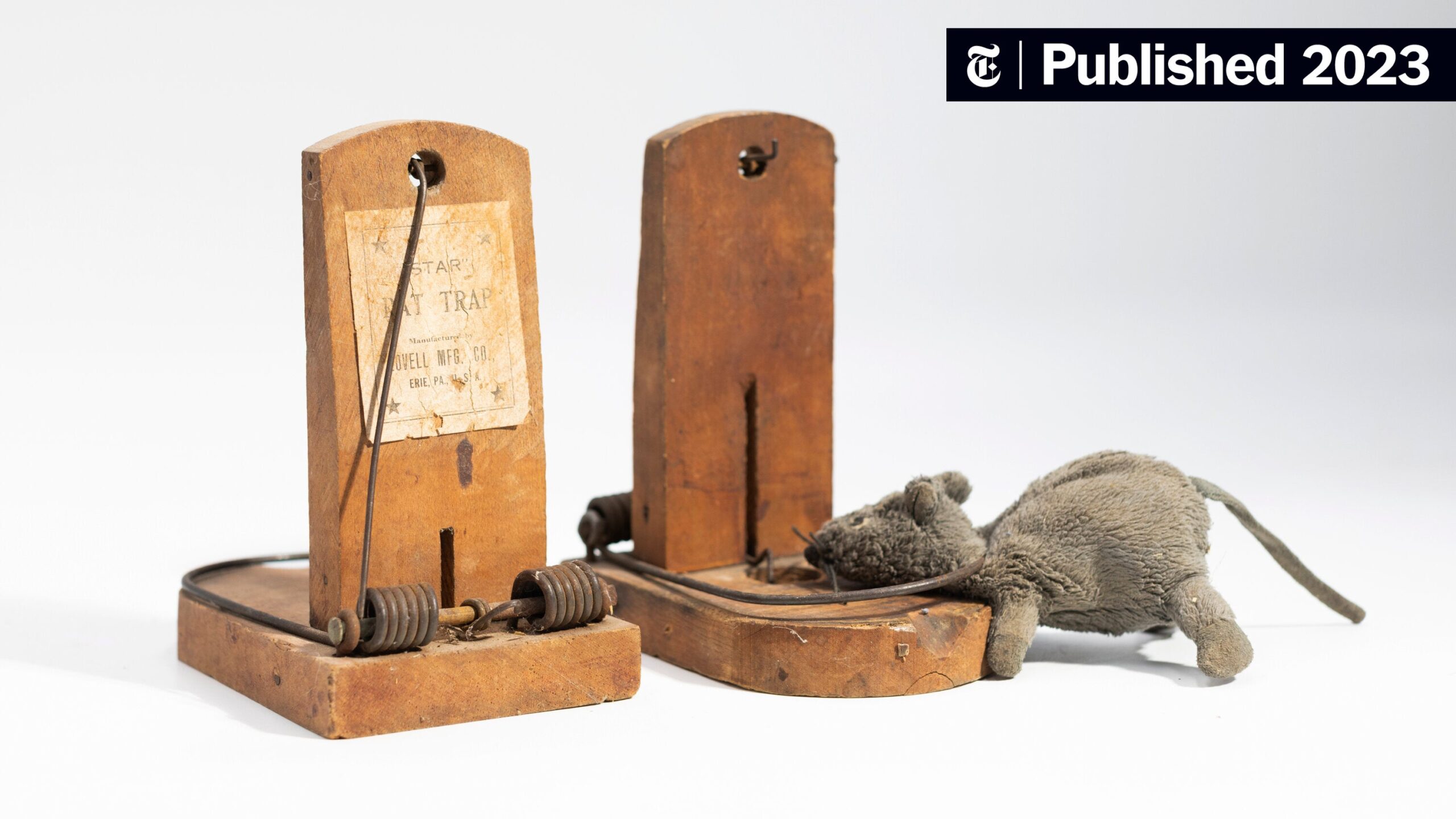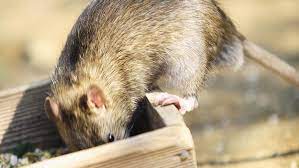Table of Contents
Introduction:
The age-old battle between humans and mice has prompted the invention and refinement of various mouse traps over the centuries. From simple wooden contraptions to sophisticated electronic devices, the goal remains the same: to capture or kill mice effectively and efficiently. In this comprehensive guide, we will explore the evolution, types, effectiveness, and ethical considerations of mouse traps, providing insights into how to choose the right trap for your specific needs.
The History of Mouse Traps:
The history of mouse traps dates back thousands of years, with evidence of early trap designs found in ancient Egyptian and Greek texts. These early traps were often crude and relied on basic mechanisms to catch mice, such as spring-loaded mechanisms or sticky substances. Over time, as human settlements expanded and agriculture flourished, the need for more effective rodent control methods became increasingly apparent.
In the 19th century, the invention of the spring-loaded snap trap revolutionized mouse trapping. Patented by William C. Hooker in 1894, the classic snap trap remains one of the most widely used and recognizable mouse traps to this day. Its simple yet effective design consists of a wooden or plastic base, a spring-loaded metal bar, and a trigger mechanism. When triggered by a mouse, the metal bar snaps shut with considerable force, killing the rodent instantly.
Types of Mouse Traps:

Over the years, a wide range of mouse traps have been developed, each with its own unique design, mechanism, and intended use.
Snap Traps:
Snap traps are the traditional spring-loaded traps designed to kill mice quickly and efficiently.
They are relatively inexpensive, easy to set up, and can be reused multiple times.
Snap traps are available in various sizes and designs, including classic wooden traps and more modern plastic models.
Glue Traps:
Glue traps consist of a sticky adhesive surface mounted on a cardboard or plastic base.
When a mouse steps onto the adhesive surface, it becomes stuck and unable to escape.
Glue traps are effective for capturing multiple mice but are considered inhumane by some due to the prolonged suffering of trapped rodents.
Live Catch Traps:
Live catch traps are designed to capture mice alive for later release into the wild.
These traps typically consist of a plastic or metal enclosure with one-way entry doors and bait compartments.
Live catch traps are favored by those who prefer to humanely remove mice without harming them.
Electric Traps:
Electric traps use batteries to deliver a lethal shock to mice upon contact.
They are highly effective at killing mice quickly and humanely.
Electric traps are considered safer than traditional snap traps as they minimize the risk of injury to humans and pets.
Multiple Catch Traps:

Multiple catch traps are designed to capture multiple mice without the need for resetting.
These traps often feature a rotating or sliding mechanism that allows mice to enter but prevents them from escaping.
Multiple catch traps are ideal for large infestations or areas where mice are abundant.
Effectiveness of Mouse Traps:
The effectiveness of mouse traps depends on various factors, including the type of trap used, placement, bait, and environmental conditions. Some traps may be more effective than others depending on the specific circumstances. Here are some tips for maximizing the effectiveness of mouse traps:
Proper Placement:
Place traps along walls, baseboards, and other areas where mice are likely to travel.
Position traps near entry points, such as doors, windows, and holes in walls or floors.
Use the Right Bait:
Choose bait that is attractive to mice, such as peanut butter, chocolate, or cheese.
Place a small amount of bait on the trigger mechanism of snap traps to lure mice into position.
Regular Inspection and Maintenance:
Check traps regularly for signs of activity and replace bait as needed.
Reset traps after capturing mice to maintain continuous rodent control.
Consider Multiple Traps:

Use multiple traps in areas with high levels of mouse activity to increase the chances of capturing rodents.
Experiment with different trap types to determine which ones are most effective in your specific environment.
Ethical Considerations:
When using mouse traps, it’s essential to consider the ethical implications of rodent control methods. While the primary goal is to eliminate mice and prevent damage to property, it’s also important to minimize suffering and harm to animals. Here are some ethical considerations to keep in mind:
Humane Treatment:
Choose traps and control methods that prioritize the humane treatment of mice.
Avoid traps that cause prolonged suffering or unnecessary harm to rodents.
Quick and Efficient Capture:
Use traps that capture or kill mice quickly and efficiently to minimize stress and suffering.
Check traps regularly to ensure that captured mice are dealt with promptly and humanely.
Consider Alternative Methods:
Explore alternative methods of rodent control, such as exclusion, habitat modification, and repellents.
Consider hiring a professional pest control service that employs humane and environmentally friendly practices.
Conclusion:
Mouse traps have come a long way since their humble beginnings, offering a wide range of options for controlling rodent infestations. Whether you prefer traditional snap traps, glue traps, live catch traps, electric traps, or multiple catch traps, there is a mouse trap to suit every preference and situation. By understanding the different types of traps available, maximizing their effectiveness, and considering the ethical implications of rodent control methods, you can effectively manage mouse populations while minimizing harm to animals and the environment.
For More Information Please Visit These Websites Mindmeister